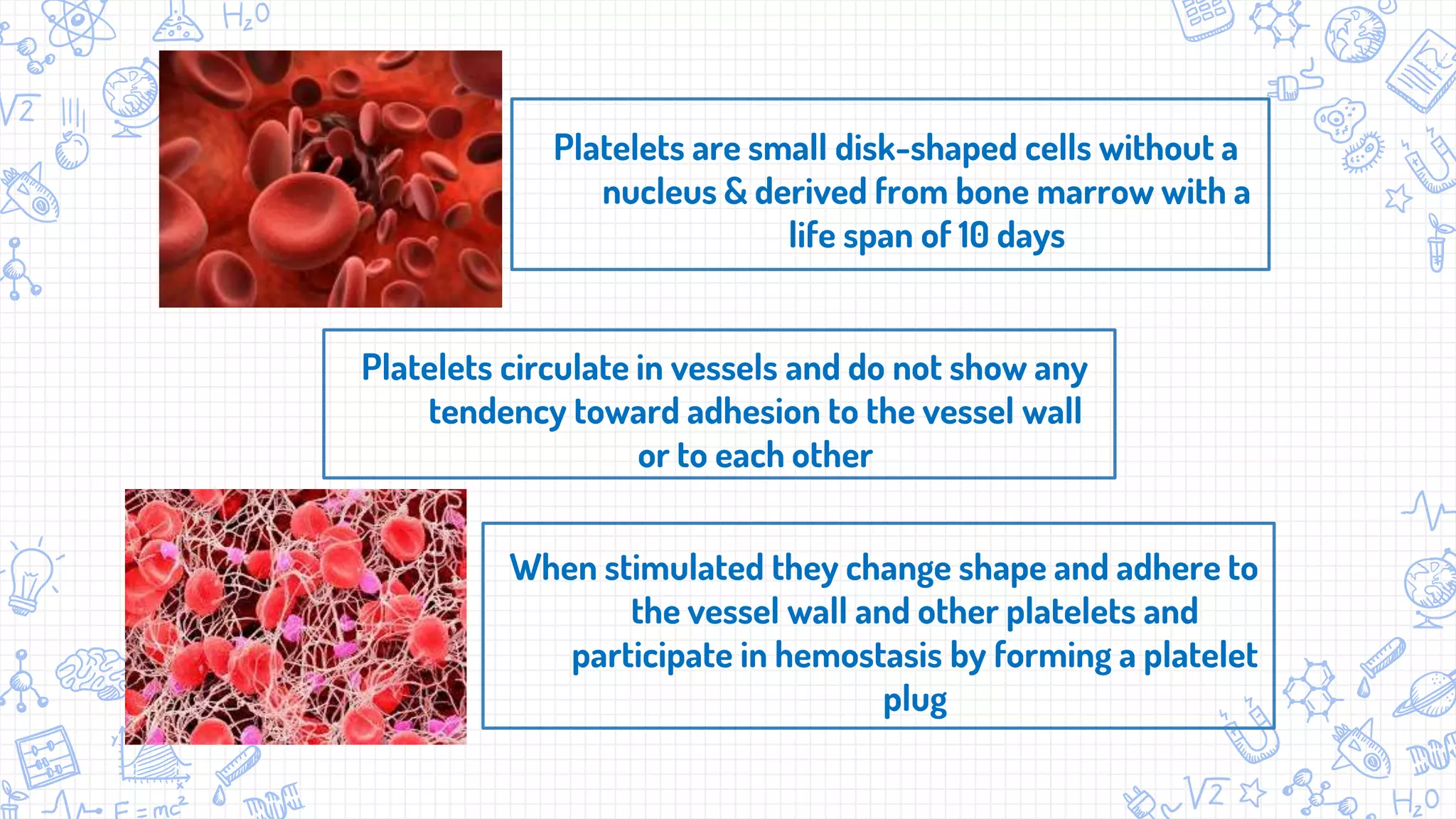The document discusses the management of patients on anti-platelet therapy undergoing dental procedures, highlighting the dilemma of whether to continue or discontinue such therapy. Recent consensus advises continuing anti-platelet therapy to avoid thromboembolic events, while studies indicate that stopping therapy may not significantly reduce bleeding risks. The evidence suggests that procedures can generally be performed safely without discontinuation, emphasizing the need for case-by-case judgment by clinicians.






























































